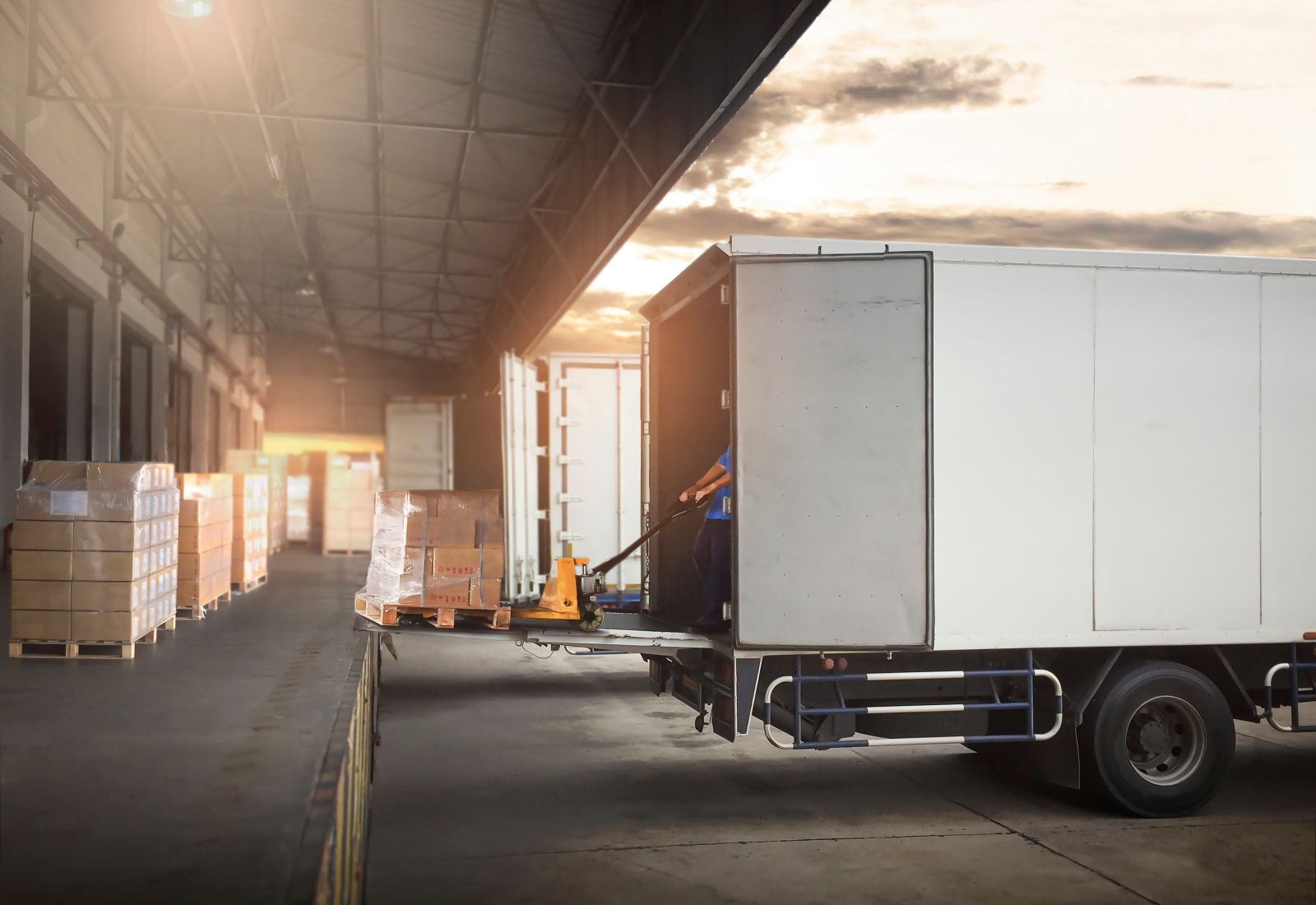
Every link in the supply chain is crucial. Among these, drayage services play a pivotal role, acting as the connective tissue that ensures the seamless movement of goods from ports to their next destination. For the Reliable Logistics Team, understanding and optimizing drayage services is essential to unleashing the full potential of international trade.
What Are Drayage Services?
Drayage refers to the short-distance transportation of goods, typically from a port to a nearby warehouse, distribution center, or rail terminal. While the distances covered in drayage are relatively short, the impact of these services on the overall supply chain is significant. Efficient drayage operations can mean the difference between a smoothly running supply chain and costly delays.
The Importance of Drayage in International Trade
- Seamless Port Operations
Ports are bustling hubs of activity, with ships constantly arriving and departing, laden with goods from around the world. Drayage services are critical in clearing these ports quickly and efficiently, ensuring that goods do not languish on the docks, which can lead to congestion and additional fees. Efficient drayage keeps the flow of goods steady, maintaining the momentum of global trade.
- Connecting Different Modes of Transportation
International trade often involves multiple modes of transportation—ships, trucks, and trains. Drayage services act as the vital link that connects these different modes, ensuring that goods are transferred smoothly from one to another. This intermodal connectivity is essential for maintaining the speed and efficiency of the supply chain.
- Enhancing Supply Chain Flexibility
In the fast-paced world of international trade, flexibility is key. Drayage services provide the necessary agility to accommodate changes and disruptions in the supply chain. Whether it's rerouting goods to a different warehouse or adjusting schedules to meet demand fluctuations, effective drayage operations can adapt to keep goods moving without delay.
Key Components of Effective Drayage Services
- Strategic Location of Facilities
The proximity of warehouses and distribution centers to ports is a critical factor in drayage efficiency. Strategically located facilities reduce travel time and costs, making the entire process more efficient. The Reliable Logistics Team ensures that our facilities are optimally positioned to serve major ports, enhancing the speed and reliability of our drayage services.
- Technology Integration
Modern drayage operations rely heavily on technology. Advanced tracking systems provide real-time visibility into the movement of goods, allowing for better coordination and management. Additionally, automation and digital platforms streamline the scheduling and dispatching of drayage trucks, reducing wait times and improving overall efficiency.
- Skilled Workforce
A skilled and experienced workforce is indispensable in drayage operations. From drivers who navigate the complexities of port environments to logistics managers who coordinate the movement of goods, having knowledgeable personnel ensures that operations run smoothly and efficiently. Continuous training and development programs are essential to maintaining a high level of expertise.
Challenges in Drayage Services
- Port Congestion
One of the biggest challenges in drayage is port congestion, which can lead to significant delays and increased costs. Efficient drayage operations must include strategies for mitigating congestion, such as flexible scheduling and alternative routing options.
- Regulatory Compliance
Drayage operations are subject to a myriad of regulations, from environmental standards to safety protocols. Ensuring compliance with these regulations is crucial to avoiding fines and disruptions. The Reliable Logistics Team stays abreast of regulatory changes and implements best practices to ensure compliance across all our operations.
- Cost Management
Balancing cost efficiency with service quality is a constant challenge in drayage operations. Fuel costs, labor rates, and tolls can all impact the bottom line. Leveraging technology to optimize routes and improve fuel efficiency, as well as maintaining strong relationships with partners, can help manage these costs effectively.
Conclusion
In the realm of international trade, the role of drayage services cannot be overstated. As the linchpin that connects different segments of the supply chain, efficient drayage is essential for maintaining the flow of goods and ensuring timely deliveries. The Reliable Logistics Team is committed to optimizing our drayage operations through strategic facility placement, technological integration, and a skilled workforce. By focusing on these key areas, we unleash the full potential of international trade, driving success for our clients and the global economy alike.